Family Araliaceae Scientific name Aralia Rank Genus | Higher classification Araliaceae | |
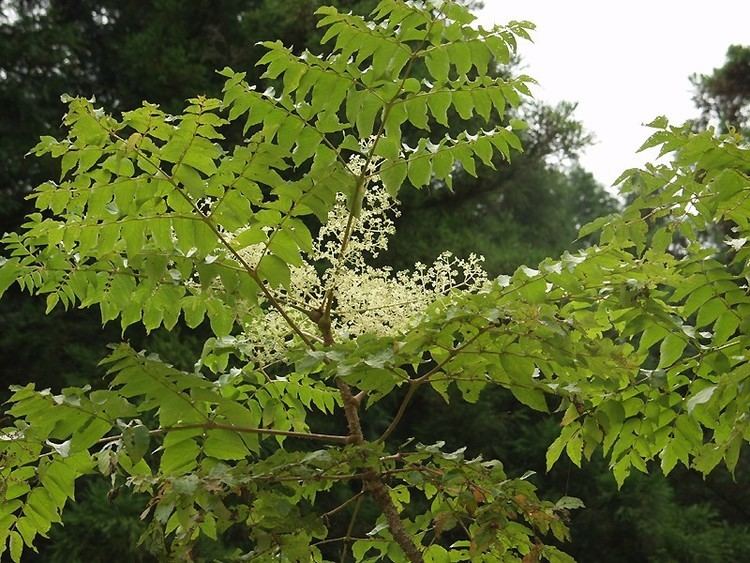 | ||
Lower classifications Japanese angelica tree, Aralia cordata, Aralia spinosa, Aralia racemosa, Aralia chinensis | ||
Prune this how to care for the aralia family and varieties
Aralia /əˈreɪliə/, or spikenard, is a genus of the family Araliaceae, consisting of 68 accepted species of deciduous or evergreen trees, shrubs, and rhizomatous herbaceous perennials. The genus is native to Asia and the Americas, with most species occurring in mountain woodlands. Aralia plants vary in size, with some herbaceous species only reaching 50 centimetres (20 in) tall, while some are trees growing to 20 metres (66 ft) tall.
Contents
- Prune this how to care for the aralia family and varieties
- Aralia care instructions
- Taxonomy
- Fossil record
- Diversity
- References
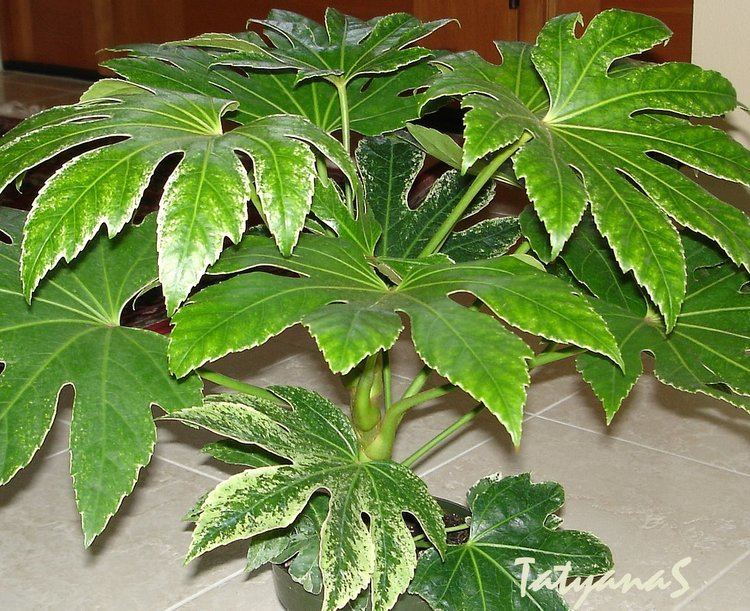
Aralia plants have large bipinnate (doubly compound) leaves clustered at the ends of their stems or branches; in some species the leaves are covered with bristles. The stems of some woody species are quite prickly, as in Aralia spinosa. The flowers are whitish or greenish occurring in terminal panicles, and the spherical dark purple berry-like fruits are popular with birds.
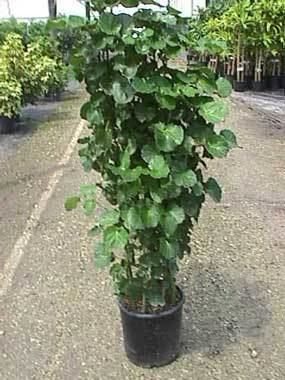
Aralia species are used as food plants by the larvae of some Lepidoptera species, including the common emerald (Hemithea aestivaria). There are many colours of aralia flowers. The main flower is whitish aralia.
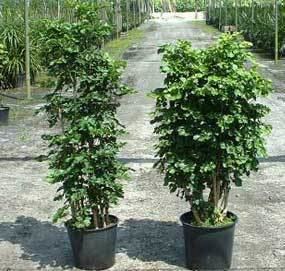
Some species, notably Aralia cordata, are edible and are cultivated for human consumption.
Aralia care instructions
Taxonomy
The taxonomic circumscription of the genus Aralia has varied greatly. Species formerly included in wider views of the genus are now included in such separate genera as Fatsia, Macropanax, Oreopanax, Panax, Polyscias, Pseudopanax, Schefflera, and Tetrapanax.
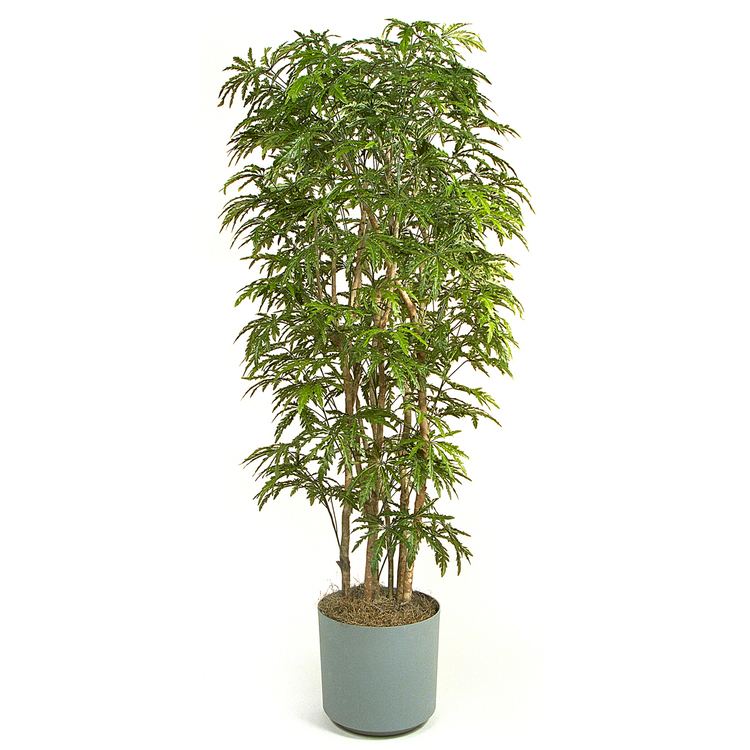
The genus Dimorphanthus, formerly considered distinct by some, is now included within Aralia as a section within that genus.
Fossil record
Aralia macrofossils have been recovered from the late Zanclean stage of Pliocene sites in Pocapaglia, Italy.
